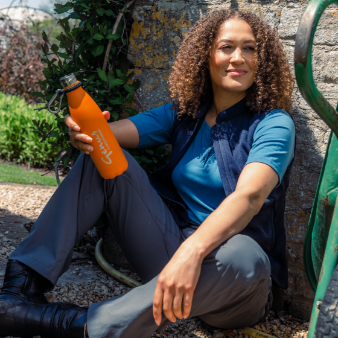Plants around us - rubber

Rubber is a versatile material with ancient roots first utilised by indigenous cultures like the Olmecs, Maya, and Aztecs who discovered natural latex from the Hevea tree, using it in their sacred ballgames and waterproof textiles. European interest emerged in the 18th century when Charles Marie de La Condamine, a French explorer, mathematician, and geographer introduced rubber samples to French scientists.
The 19th century saw a rubber boom, leading to exploitation in the Amazon and Congo. In 1876, explorer Henry Wickham smuggled 70,000 rubber tree seeds out of the Brazilian Amazon which ultimately shifted production to the Asian colonies. Today, Thailand, Indonesia, and Malaysia lead in the production of natural rubber, accounting for about 72% of global output.
Rubber tree plantations have an economic lifespan over 30 years. Trees take 7 years to mature, followed by a 25-year productive phase. They thrive in well-drained soils and require an annual rainfall of 2.5 metres (U.K. has 1.5m), temperatures between 20-34°C, high humidity, and plenty of sunshine.
Rubber tapping occurs in early mornings when the internal tree pressure peaks. Skilled tappers make slanting cuts in the bark, collecting the latex in cups. This field latex is then processed into various products, including latex concentrate and high-grade block rubbers.
Natural rubber is extensively used in tyre production, automotive components, industrial products, footwear, sports equipment, medical supplies, construction materials, and adhesives. There are issues with production however and the industry faces challenges with sustainability and its link to deforestation has led to inclusion in the 2023 EU Regulation on deforestation-free products.







